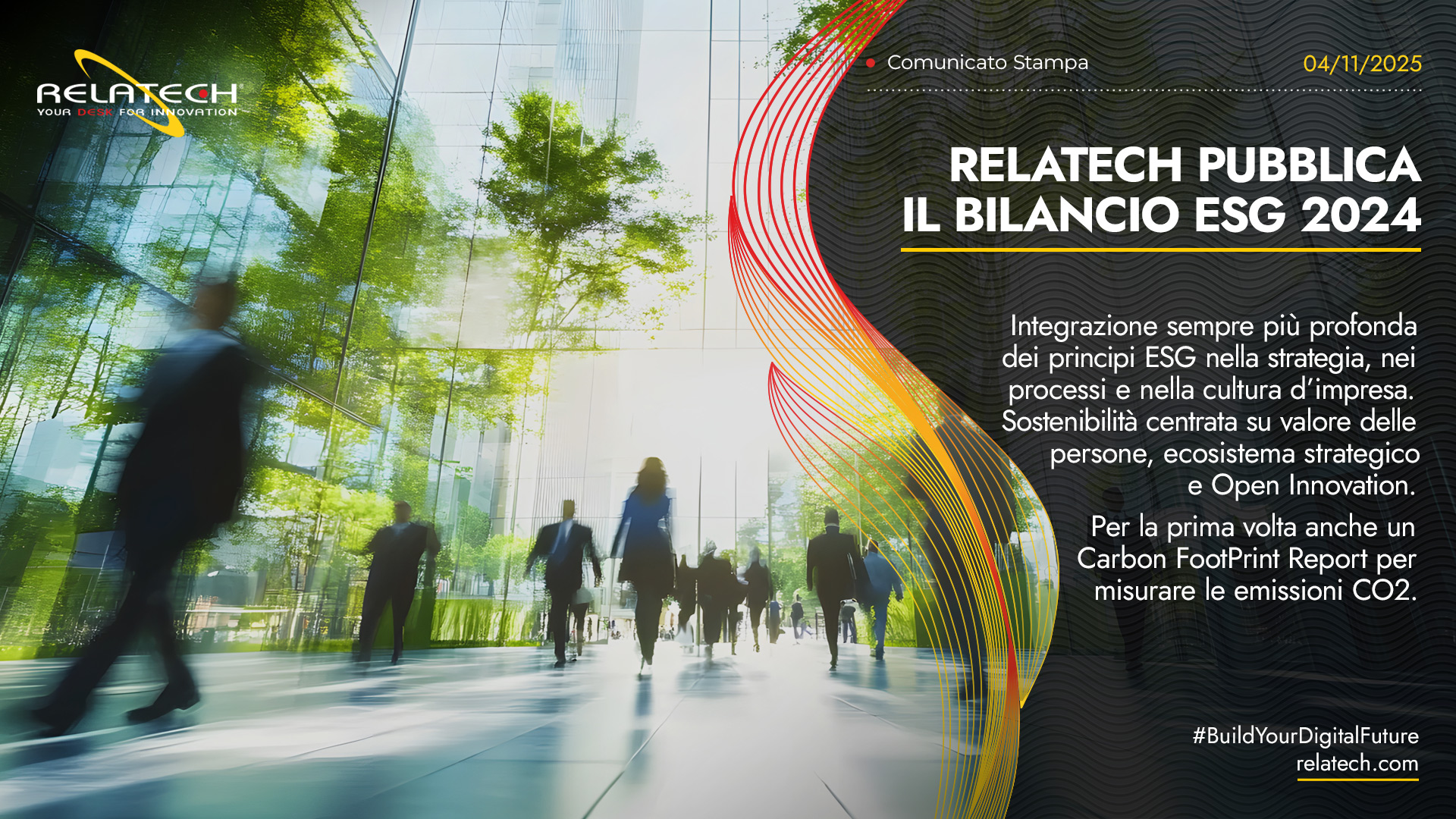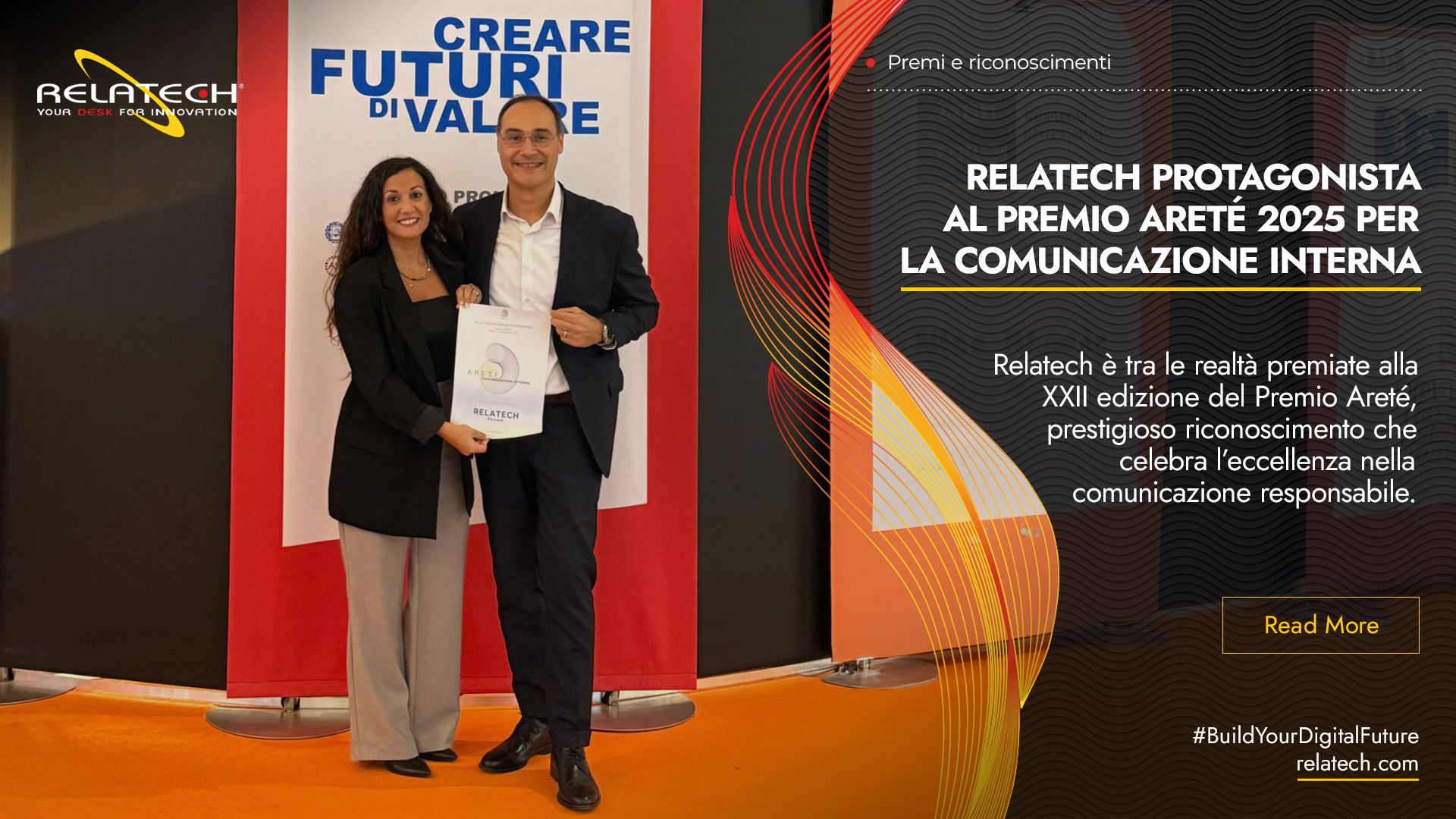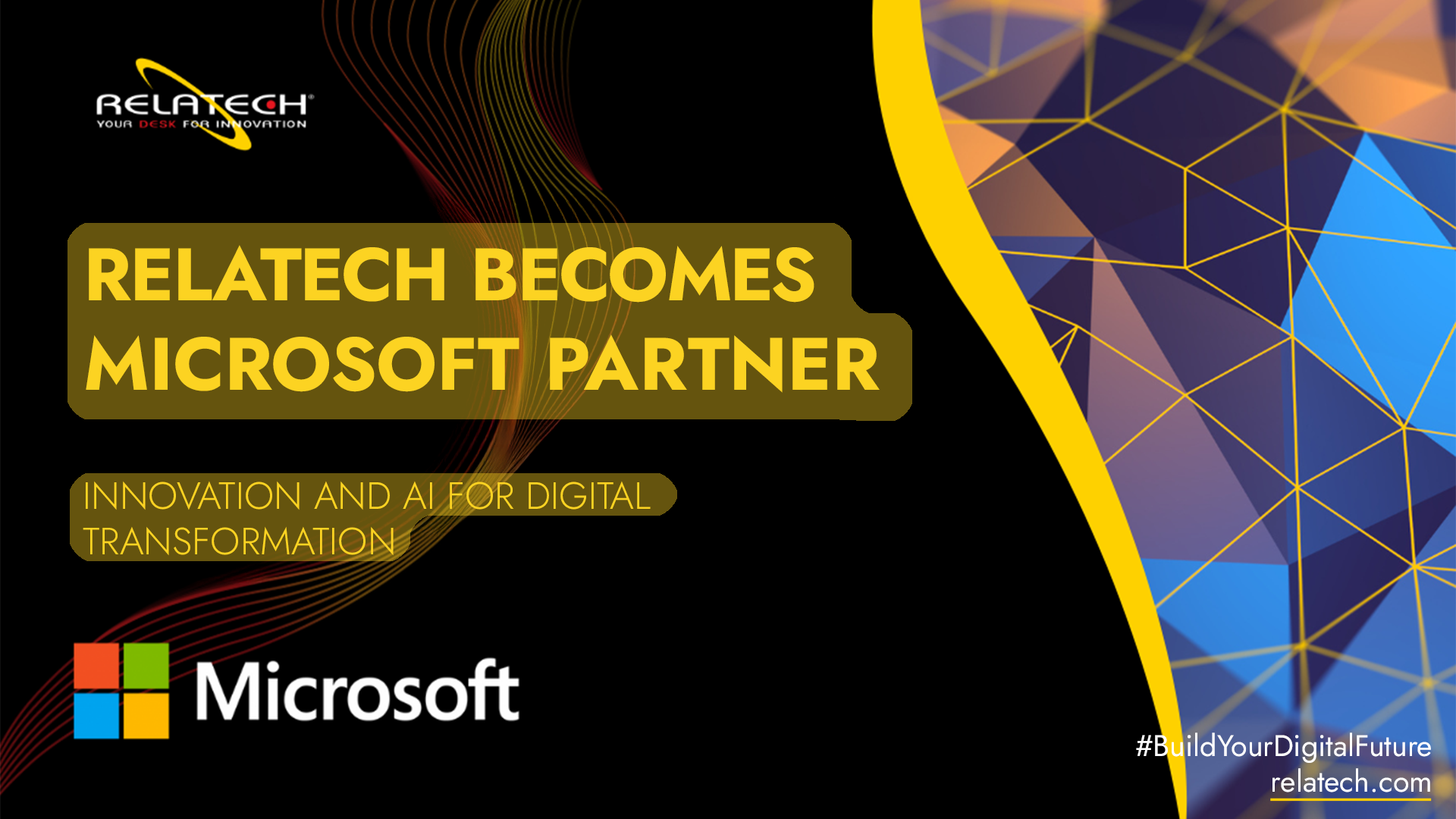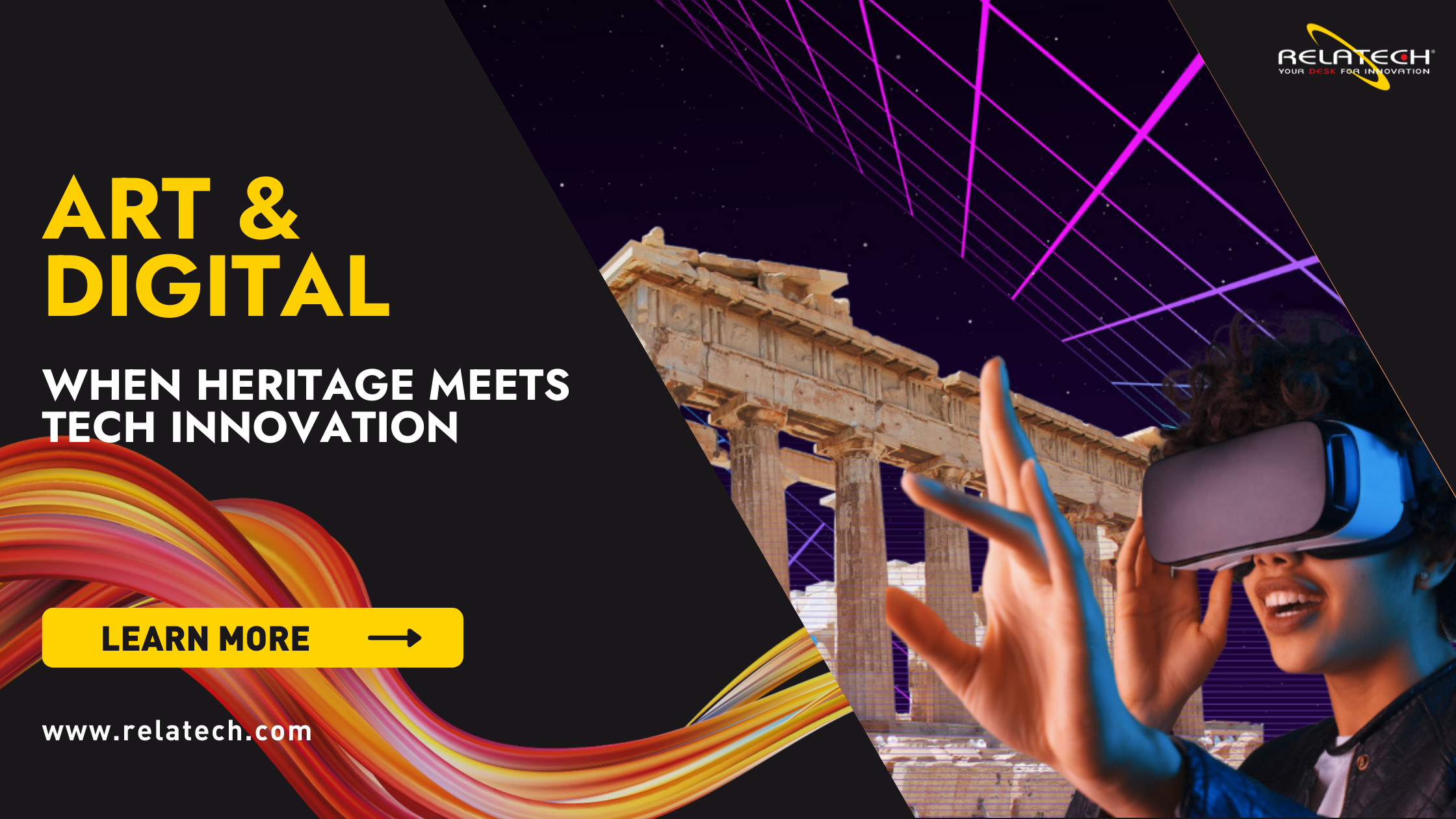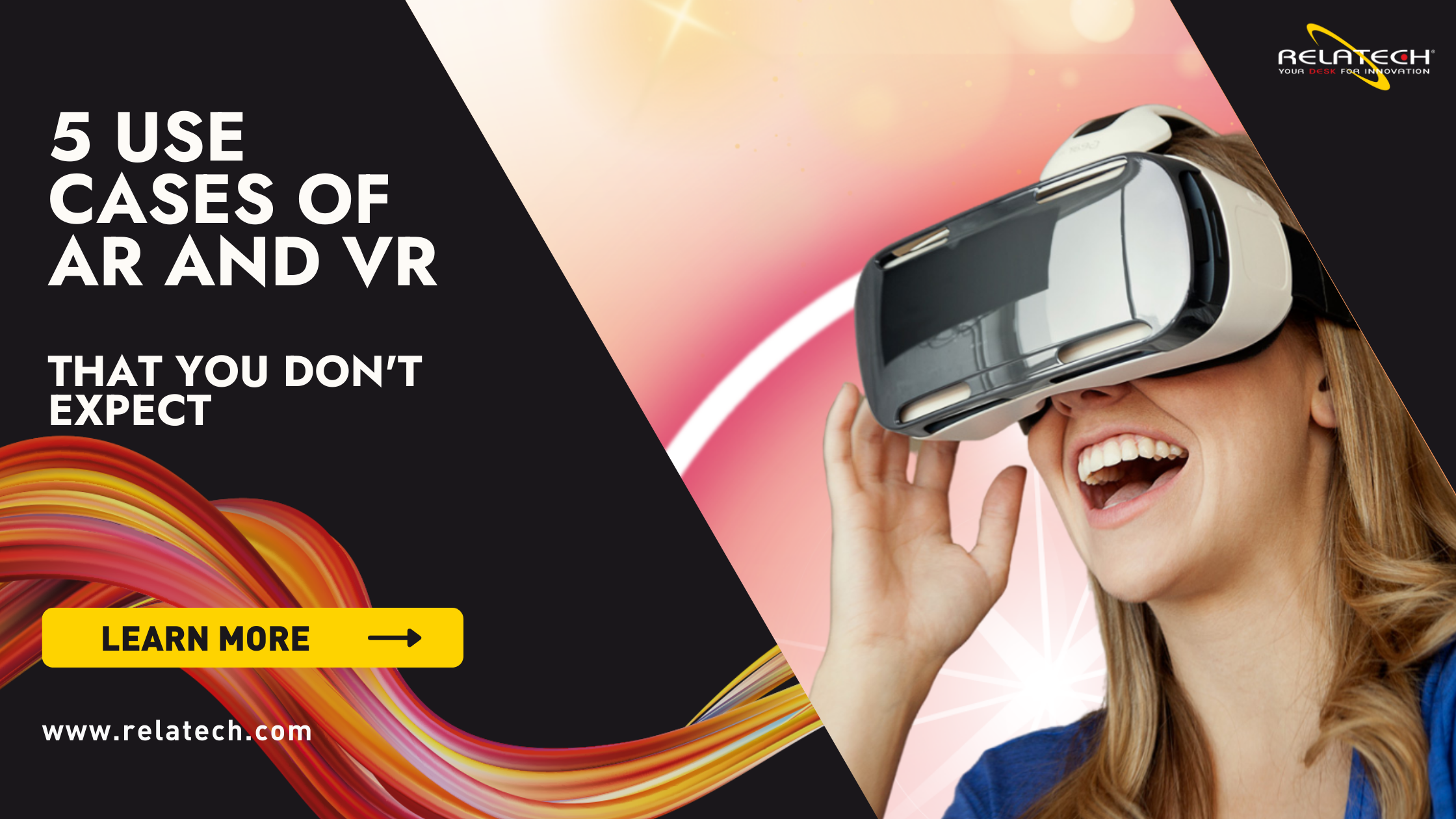Customer Experience Management: new challenges for CMO

Gartner proposes a definition of Customer Experience Management (CEM or CXM) as the practice of designing and responding to customer interactions to meet or exceed their expectations, to increase their satisfaction, loyalty and customer advocacy. The latter consists of the highest form of engagement, given that it is the client himself who acts as guarantor and witness for the quality of a product or service, starting from the excellent experience that he himself lived in relation to the brand. This centrality of the consumer, which coincides with an extreme personalization of the offer, is the first challenge facing the Chief Marketing Officer (CMO). Called to translate the CEM "practice" into a set of strategies guided by technological innovation, the marketing director must succeed in winning a series of intermediate challenges according to the main one, transforming the much-vaunted "customer centrality" into a real experience.
Martech, when technology is not enough if it is not integrated
It is always Gartner that has identified the trends that characterize the new CMO challenge area, starting with the increase in investments in marketing technology or martech. According to research conducted by the American consultancy firm, martech represented 29% of the marketers' total budget in 2018, 22% more than in 2017. It is a fundamental fact to understand the unbreakable link between customer experience management systems and associated digital tools. However, this does not mean that the Marketing Technology Survey 2018 highlights an underuse, equal to an average of 61%, of the overall capacity of the martech stack. In other words, the sum of technologies at the service of a customer-centric approach is not enough if this is not also the result of a full integration between solutions, people, processes, data and culture within the organization. It means that there are still departments and technological silos that do not allow us to extract all the value from our data assets.
Read the customer's global behavior online and offline
CRM, ERP, company website, social pages, database is like traveling on parallel lines without ever meeting, while the real capital to draw on is precisely that of the data kept in each of these "drawers". It is on this point that an additional challenge is played for the CMO, especially since often the shortage does not derive from a lack of data, but from the inability to have a single vision on the same customer whose customer journey may have different touchpoint, both online and in store. Being able to get a complete map of your journey, and not just your purchase path, is the best way to check what your actual experience is. A CEM, therefore, must summarize an exhaustive reading of the customer experience that is derived from all channels of customer-brand interaction. If the web provides analytics tools to track the behavior of the e-shopper, even its passage into the physical store must be intercepted and compared with the analogous one occurred on the Internet.
Data management for a CEM that measures and optimizes the experience
From what has been said, it is clear that the CMO's challenge with respect to customer experience management with which customize the brand's offer cannot be separated from the choice of the most appropriate EMF. This is why data management platforms can do for them, since they inherently possess the ability to dialogue with different systems and to harmonize data from inhomogeneous sources. Moreover, they can rely on latest generation native technologies, connected for example to IoT (Internet of Things) devices with which is it possible to collect information both on defined clusters and on individual users. Or again, they can make use of artificial intelligence algorithms to obtain a deep understanding of the client and activate ad hoc automatic marketing actions. Customization, even in Gartner's analysis, now accounts for more than 14% of CMO budgets. But to happen, it is necessary to know the customer journey, as well as relevant and usable contents that determine their arrest or continuation. Ultimately, a technology is needed to a customer experience management to measure and optimize the experience.



